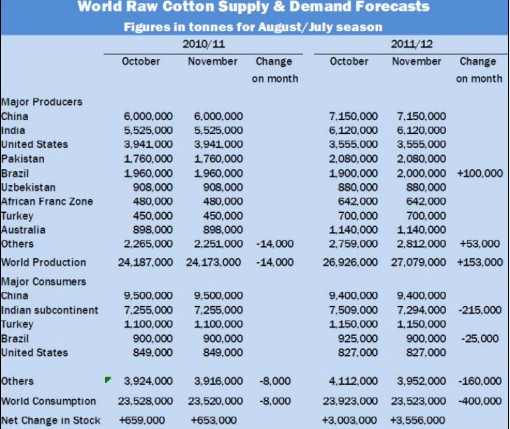|
A new high-speed rail service intended to boost development in one of China's major economic zones opened to passengers Thursday.
The new service, with trains running at up to 350 km an hour, more than halves the traveling time between Shanghai and Nanjing, capital of neighboring Jiangsu Province. The service covers the 301-km route in just 73 minutes, carving 80 minutes of the previous time. Its 21 stops include the eight most prosperous cities in the Yangtze River Delta region, including Suzhou and Wuxi. In the initial operation phase, 92 pairs of high-speed trains operate on the route. The Ministry of Railways plans to raise the number to 120, but no timetable has been set. Ministry spokesman Wang Yongping said the new line would "definitely boost regional modernization" and the number of rail travelers in the region. The new route met the demand for rail service in the most heavily commuted part of China, he said. A passenger surnamed Qiu and his family rode the first express train on the new route Thursday morning. They traveled to Shanghai to visit the Shanghai Expo. Qiu said he felt like he was "flying" in the train and that the new service would make it much easier to go to Shanghai. A 37-year-old-year man surnamed Huang is a big fan of trains. He took a plane from Fujian to Nanjing to experience the bullet train. China's railway networks have changed dramatically over the last 20 years, he said. "The express train make trips more convenient and faster. But the tickets are expensive," said a passenger surnamed Tan who works in Nanjing and makes round trips between the two cities twice or three times a week. "I can only afford a second-class ticket," he added. A ticket for a second-class seat in the new express train costs 146 yuan (21.5 U.S. dollars), 53 yuan more than a ticket on the China High-speed Railway (CHR) train that takes nearly two hours. Zhang Xiaoling, vice head of Jiangsu's transport bureau, said the new route will encourage travelers to take the express trains, freeing up more transport capacity for cargo. The new line was part of the plan for railway construction in the Yangtze River Delta approved by the State Council in 2005 to meet rising demand. Construction on the line began in 2008. The ministry forecast 3.05 billion trips would be made in 2010 and that would increase to 5.5 billion by 2020. "The new route meets the demand of the Delta region and helps it modernize," said Shen Yufang, a professor at East China Normal University in Shanghai. "Along with the Shanghai-Hangzhou express railway to be completed this year, it will improve regional networks, bolster regional integration and provide a platform for further development," Shen added. Zhen Feng, a professor at Nanjing University, said the advancement of transportation always results in economic development and improved division of labor. Government data showed that the region, covering 2.1 percent of the country's land territory, contributed more than 21.4 percent of China's gross domestic product last year. The new route brings the length of China's high-speed railways in operation to 6,920 kilometers -- the longest in the world. Currently, more such railways are under construction, including ones linking Beijing and Shanghai, Harbin and Dalian, Shanghai and Hangzhou, and Guangzhou and Shenzhen. China will have more than 110,000 kilometers of operational railways by 2012, including 13,000 kilometers of high speed rail, according to the ministry. Then, trips from Beijing to most provincial capital cities will take at most 8 hours. |
|
Shanghai-Nanjing intercity railway starts operation
Updated: 2010-7-2 Source: Texglobe-ÐÅÏ¢ÖÐÐÄ

Recommended News
Photo Gallery
Most Popular



